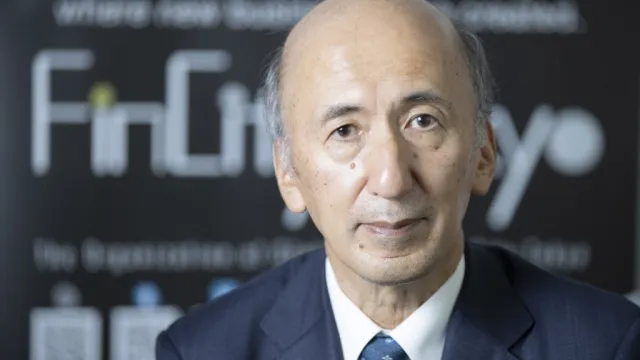
CE Tsang presents new home ownership scheme
Flats of up to 500 square feet may be affordable to families with monthly income of $30,000.
According to a release, Chief Executive Donald Tsang has proposed resuming the Home Ownership Scheme, offering flats of up to 500 square feet at affordable prices to families with a maximum monthly household income of $30,000, especially first-time home buyers.
Mr Tsang said the Government will allocate sites for the scheme to provide more than 17,000 flats over four years from 2016-17, with an annual production of up to 6,500 flats.
Meeting demand
For the first year, 2,500 flats can be made available. As more sites become available, it will set the planning target at 5,000 flats a year on average. To be flexible, the actual number of flats to be built or put up for sale each year will depend on demand at the time.
Mr Tsang said he has asked the Housing Authority to be responsible for producing flats under the new Home Ownership Scheme. The first batch is expected to be ready for pre-sale in 2014 or 2015.
To meet this target, the Housing Department has started preliminary planning and investigations for sites identified in Sha Tin, Tsuen Wan and Yuen Long, and will commence similar work for other sites shortly.
He said the prices of flats will be set with reference to the mortgage repayment ability of eligible households.
“For example, the price of a new scheme flat with a saleable floor area of 400 to 500 square feet will roughly be set in the range of $1.5 million to $2 million to make it affordable to a family with a monthly income of $20,000 to $30,000,” he said.
Flats sold under the new scheme will be subject to resale restrictions as in previous subsidised housing schemes.
He said the initial plan is that within the first five years from the date of purchase, owners can only sell their flats to green-form applicants or the Housing Authority. After five years, owners can sell their flats on the open market after paying a premium to the Housing Authority. This will enable owners to trade up and shift to the private residential market.
Upward mobility
In light of the rather inactive Home Ownership Scheme flats secondary market, Mr Tsang has asked the Housing Authority to seriously consider measures that can facilitate upward mobility of those in the new scheme.
“When calculating the premium to be paid, the Housing Authority may take the subsidised portion of a unit’s purchase price as a loan to the owner, the amount of which will not be adjusted even if the market value of the unit increases in future, and require the owner to repay this loan to the Housing Authority before selling the unit on the open market,” he said.
“When working out the details, however, we will ensure that the new arrangements are fair to existing Home Ownership Scheme flat owners. As the arrangements will involve subsidising home ownership with public money, they should also be acceptable to the community as a whole.”
He said he will ask the Housing Authority to work out implementation details of the new scheme, including the allocation ratio between green form and non-green form applicants, income and asset criteria for non-green form applicants, price benchmarks based on affordability and premium payment arrangements.
“The new scheme will serve as a buffer when the private residential property market is in disequilibrium due to unbalanced demand and supply, as well as internal and external macroeconomic factors such as low interest rates and quantitative easing measures taken by other economies,” Mr Tsang said.
“When the private residential property market cannot provide enough reasonably priced small and medium flats, the Housing Authority will make available a maximum of 5,000 new scheme flats on average each year for eligible buyers. When there are enough reasonably priced small and medium flats in the private market, we will adjust the number of subsidised flats to be built and sold for the year. We may even stop building and selling such flats.”








![Cross Domain [Manu + SBR + ABF + ABR + FMCG + HBR + ]](https://cmg-qa.s3.ap-southeast-1.amazonaws.com/s3fs-public/styles/exclusive_featured_article/public/2025-01/earth-3537401_1920_4.jpg.webp?itok=WaRpTJwE)









 Advertise
Advertise


